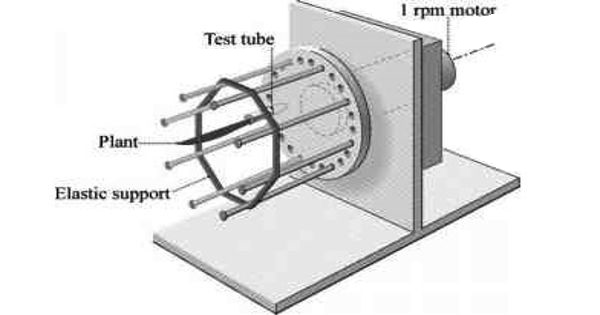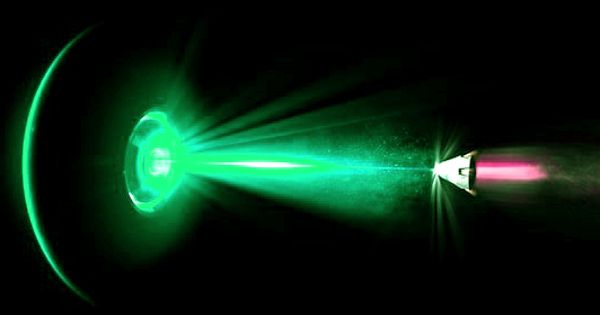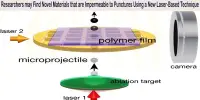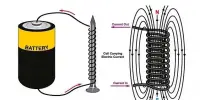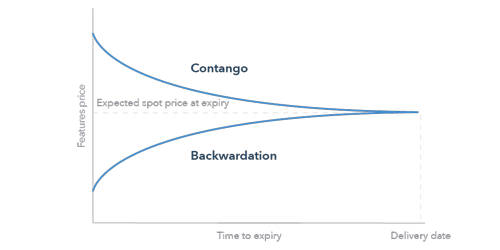A clinostat is an apparatus for studying tropisms in plants, usually a rotating disc to which the plant is attached so that it receives an equal stimulus on all sides. It is a device that uses rotation to negate the effects of gravitational pull on plant growth (gravitropism) and development (gravimorphism). It is an apparatus consisting of a slowly revolving disk usually regulated by clockwork by means of which the action of external agents on the movements of growing plants mounted on the disk may be modified or eliminated by the change of direction. It has also been used to study the effects of microgravity on cell cultures, animal embryos, and spider webs.
It is a device that uses rotation to negate the effects of gravitational pull on plant growth and development
Description
A single-axis (or horizontal) clinostat consists of a disc attached to a motor. They were originally clockwork but nowadays an electric motor is used. The disc is held vertically and the motor rotates it slowly at rates in the order of one revolution per minute. A plant is attached to the disc so that it is held horizontally.
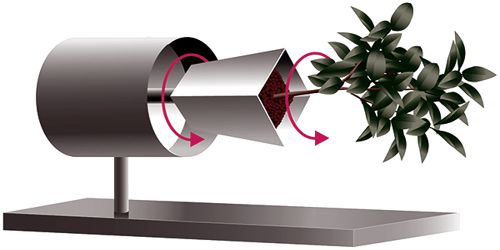
Clinostats are rotational devices that have been in use ever since Julius Sachs invented a clockwork-driven device that rotated growing plants around their growth axis at the end of the 19th century. Clinostats have also been used to cancel out the effects of sunlight and other stimuli besides gravity. This type of clinostat must be exactly horizontal to simulate the absence of gravity. If the clinostat is at an angle from horizontal, a net gravity vector is perceived, the magnitude of which depends on the angle. The initial clinostat systems were mostly used in plant studies and rotated with a relatively slow frequency on the order of one rotation per a couple of hours up to about 10 revolutions per minute.
A plant only reacts to gravity if the gravistimulation is maintained for longer than a critical amount of time, called the minimal presentation time (MPT). The widespread use of clinostats and the often-found notation that all it takes to eliminate gravitational effects on organisms is to rotate them prompt this description of the purpose, goals, and limits of these devices. For many plant organs, the MPT lies somewhere between 10 and 200 seconds, and therefore a clinostat should rotate on a comparable timescale in order to avoid a gravitropic response. The detailed assumptions and consequences of rotational movements in a static force field, such as Earth’s gravity, are often overlooked and may result in questionable or downright incorrect statements.
